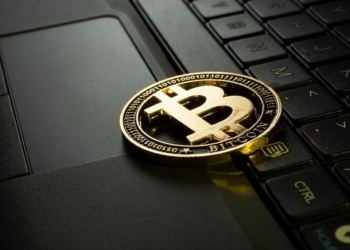Amid a shifting economic landscape, the State Bank of Pakistan (SBP) recently proposed a new regulatory framework to legalize digital assets, including cryptocurrencies, and establish central bank digital currencies (CBDCs). Announced on November 4, the Monetary Policy Committee (MPC) amendments seek to modernize Pakistan’s financial infrastructure by opening the doors to regulated digital currency use. This move is important for Pakistan’s digital assets and future.
Proposed Reforms and Potential Impact
The MPC meeting, led by SBP Governor Jameel Ahmad, introduced amendments that could transform Pakistan’s financial sector. If the amendments pass the next legislative phase, SBP could issue a government-backed digital currency, potentially a digital Pakistani rupee. The framework would also penalize unauthorized digital currency issuers, enhancing oversight and preventing illicit activities. These changes show a commitment to developing Pakistan’s digital assets responsibly.
The new policies allow state banks to handle digital transactions and oversee crypto services like buying, selling, and trading. This framework aims to meet the rising demand for digital assets in Pakistan while reducing risks tied to unauthorized transactions.

Pakistan’s Stance on Crypto: A Shift in Policy
This move represents a significant departure from Pakistan’s previous stance. Last year, former Minister of Finance and Revenue Aisha Ghaus Pasha indicated the government’s intent to curb cryptocurrency. However, her successor, Muhammad Aurangzeb, brought a renewed outlook to Pakistan’s financial policies. Aurangzeb, a former CEO of Habib Bank Limited, quickly departed from the anti-crypto stance, aligning with the SBP’s push toward digital asset regulation. This shift highlights how Pakistan’s digital assets are now seen as crucial for future growth.
Economic Indicators and the Cryptocurrency Market
Alongside these digital reforms, the MPC also announced a 2.5% reduction in interest rates, attributing the change to reduced inflation in food prices and favorable global oil prices. The MPC’s optimism extended to its GDP growth forecast, projecting a 2.5–3.5% growth rate in fiscal year 2025. These positive economic indicators, coupled with the proposed regulatory changes, could foster a supportive environment for the growth of the cryptocurrency market in Pakistan, specifically concerning digital assets.
Strengthening Compliance and Security
The SBP intends to limit unregulated crypto activities and risks from unauthorized platforms by setting a legal framework for digital assets. The framework imposes penalties for operators outside approved channels, which could build greater trust in the digital asset market among both institutional and retail investors. Such measures are essential for the stability and growth of Pakistan’s digital assets.
Conclusion
The SBP’s policy shift underscores Pakistan’s growing interest in digital transformation and economic modernization. By potentially legalizing cryptocurrency and introducing a government-backed digital currency, Pakistan could position itself as a regional leader in digital finance. With legislative approval, this approach may enhance the security and legitimacy of digital assets and support Pakistan’s economic growth and integration into the evolving global financial system, particularly with the increasing relevance of Pakistan’s digital assets.













Discussion about this post